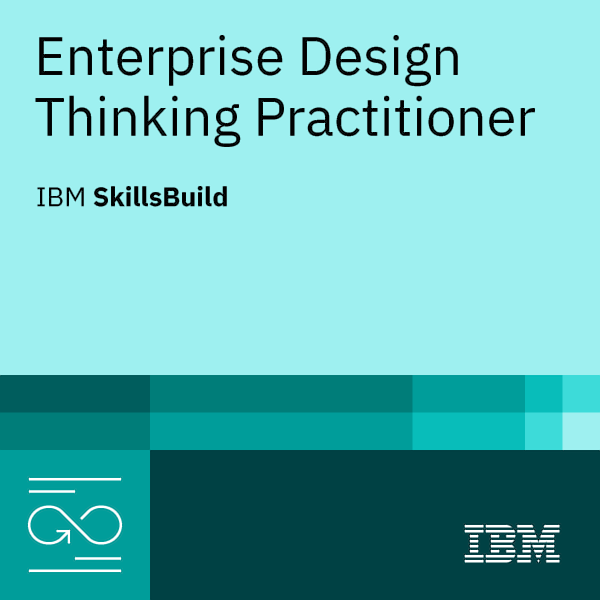How Design Thinking Improves Customer Education, Sales Enablement, and L&D
I recently wrapped up the Enterprise Design Thinking Practitioner certificate from IBM SkillsBuild.
It pushed me to question something I felt but never fully named: the way product teams build features can be the exact same way we should build education, enablement, and internal learning. Let me show what I found plus real numbers that prove this works.
1. Hills: Outcomes You Actually Care About
A Hill is a statement written from the learner or customer perspective. Think: “A new user can send their first campaign in under ten minutes without searching for help.” Not “Here are all the new features.” Intellum found that products targeted by training saw a 7.6 percent increase in revenue. They also saw a 26.2 percent bump in customer satisfaction for those trained. That is not tiny. It means Hills may help orient your training so people want to use it.
2. Sponsor Users: Feedback Early = Less Waste Later
Sponsor Users are real reps, customers, or partners who interact with your education materials early, giving you feedback before general release. For example, Fidelity used Allego to get video-based asynchronous learning, Q&A, exercises, and easy feedback mechanisms. They consolidated content so reps could access everything in one place. That moved new-hire training from one-off struggle to a smoother, more confident process.
3. Playbacks: Avoiding the After-Ship Panic
Playbacks are check-in meetings during development. You say: here’s what we’ve made, this is what we heard from user testers, this is what we adjust. Training doesn’t launch weeks after a feature, it moves with the feature. Once again, Intellum reports an 8.1 percent reduction in sales cycle length in programs targeting new customers through education. That suggests training built close to product or sales rounds helps deals close quicker.
4. Loops Over “Set-It-and-Forget-It”
Many learning programs are built then left until the next “big update.” But product and customer needs shift. If content stays rigid, people see it as irrelevant. Onshape used a training platform like Thought Industries to scale onboarding. Because they could update onboarding content as they grew, they improved retention. Not perfect numbers in public domain, but retention improved in measurable ways after they scaled education. Doesn’t matter the platform, focus on the ability to iterate everything wisely.
5. Bringing Everyone Closer to Product
Here is where education + enablement supercharge product. When teams are near product sprints you get sharper launch training, you hear adoption feedback early, you reduce friction. Intellum found that for trained users, support costs dropped by 15.5 percent. That’s not just about fewer tickets, it’s about fewer “why is this confusing” moments. And fewer confusing moments often come from misalignment between product, enablement, and education.
Design thinking is not something “they do.” It is something we can lean into in education, enablement, learning.
Hills, Sponsor Users, Playbacks, content loops: these are tools you can start using today.
To build on these learnings, I’ll be talking to more folks in the intersection of learning and design thinking over the next few weeks. If you want to learn more, stay tuned and/or if you’d like to share your experiences and expertise with me as I research, please let me know via Linkedin DM here. I can use all the insights I can get. Thank you for reading and have a great week!
Want to get certified yourself? Here is a link to the free certification course from IBM.
